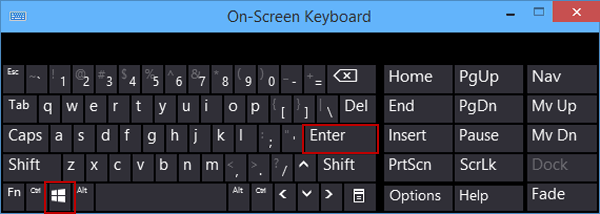

Take ownership of the Narrator.exe file and follow the steps again. Important note: If you cannot select the Deny checkbox, it is possible you don’t have ownership of the file. Note: You can also select your user name too.įinally, restart Windows, and you will no longer see the Narrator. Next, select “Users” under the “Group or user names” section and select the “Deny” checkbox next to the “Full Control” option under the “Permissions for Users” section.
Go to the “Security” tab in the Properties window and click the “Edit” button under the “Group or user names” section. In the system32 folder, find the “Narrator.exe” file, right-click on it and select the “Properties” option. Open the File Explorer, paste “C:\Windows\system32” in the address bar, and press Enter. This is very helpful if you don’t want to use a narrator. You can permanently turn off the narrator by modifying the permissions of the narrator application. As soon as you do that, the narrator will be switched off instantly, and the application will also be closed. After opening it, click the “Turn off narrator” button. Here is how.įirst, press the “Ctrl + Start + Enter” shortcut to open the Narrator application. You can switch off the narrator directly from the Narrator Settings window.

You can now safely close the Settings app. On this page, turn off the “Narrator” option under the “Use Narrator” section.Īs soon as you do that, the Narrator is switched off instantly. After opening the Settings app, go to the “Ease of access > Narrator” page. You can either press the “Start key + I” shortcut or click the “Settings” (gear) icon in the Start menu’s left sidebar. First, open the Settings app in Windows 10.


 0 kommentar(er)
0 kommentar(er)
